Paolo Roversi’s poetic, timeless fashion photography celebrated in Paris exhibition
’Paolo Roversi’ at Paris’ Palais Galliera is the first large-scale exhibition of the seminal fashion photographer’s work in his home city. Curator Sylvie Lécallier tells Wallpaper* the story behind the landmark display
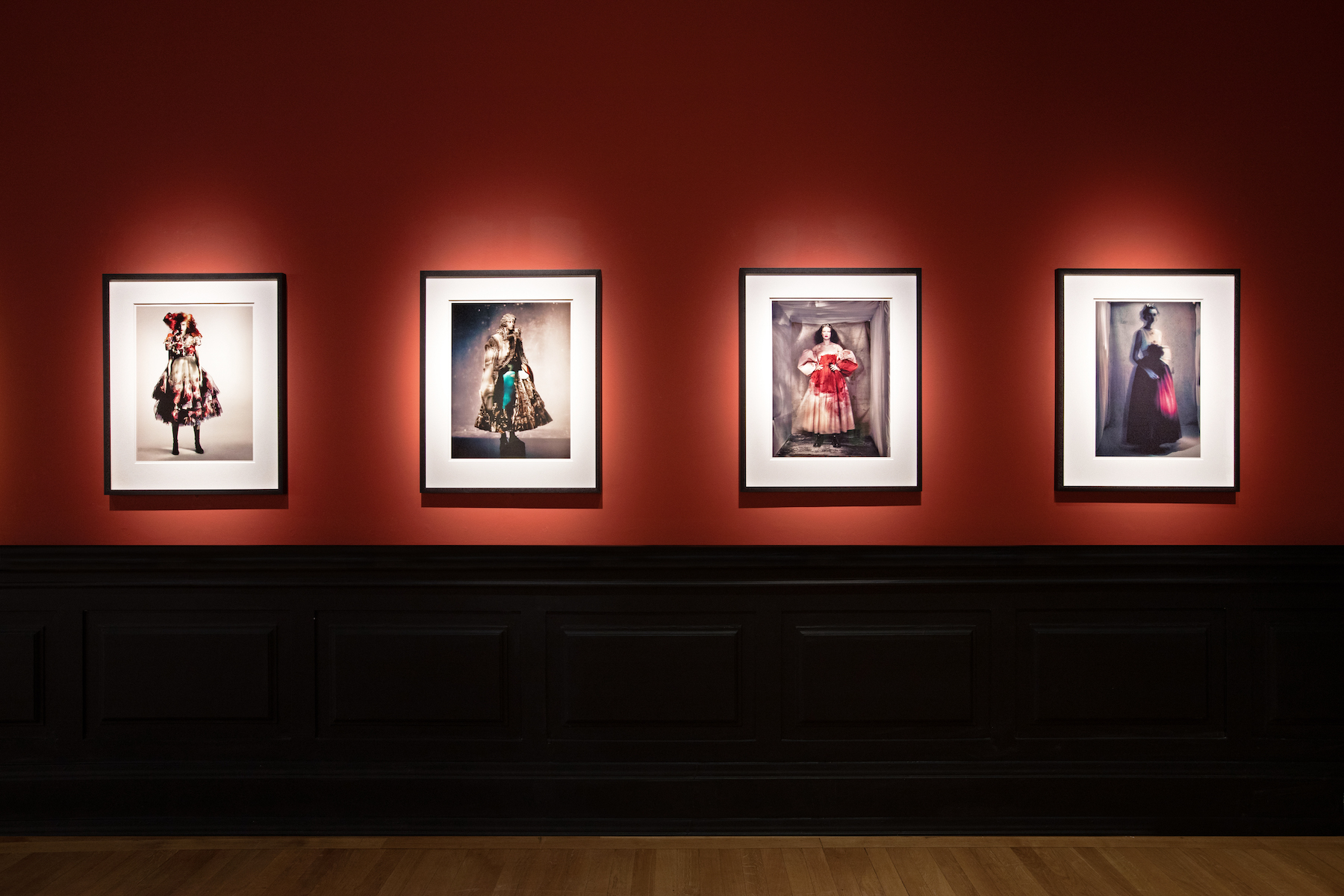
A Paolo Roversi photograph can be recognised immediately: a soft, gauzy focus, a rich interplay between shadow, colour and light, and a mood of painterly, sepia-toned romance. Sometimes, they appear like a relic from the past – like a hazy Victorian ambrotype, unearthed from an attic – other times, they are jarringly contemporary, capturing the strange, otherworldly forms of avant-garde designers like Rei Kawakubo (his work with whom formed the subject of US solo show in 2021) and Yohji Yamamoto, with whom Roversi has had a long artistic communion.
‘Paolo's photography is timeless,’ says Sylvie Lécallier, the curator of a new exhibition of Roversi’s work which opened earlier this month at Paris’ Palais Galiera (until 14 July 2024). ’It is detached from the spirit of the times, from the ephemeral trends of fashion. It is located both at the heart of fashion and at the edge. This is what makes him a photographer apart.’
‘Paolo Roversi’ at Paris’ Palais Galliera

Molly, Chanel, Vogue Italia, Paris, 2015
Titled, simply, ‘Paolo Roversi‘, the exhibition includes 140 photographs by the photographer, who was born in Ravenna, northern Italy, before moving to Paris in 1973, where he began in photography, first as a reporter. In 1980, he photographed a campaign for Christian Dior beauty; later, he would go on to shoot for a slew of fashion titles, including Vogue France, Vogue Italia, and Egoïste, as well as immortalising the supermodels of the day, from Inès de la Fressange and Stella Tennant to Naomi Campbell and Kate Moss.
His distinctive style, which has included work on Polaroid as well as gelatin silver and dye transfer prints, is largely achieved through long-exposure manipulation of light, which Lécallier calls ’drawing with light’. ’[It is as if] his models and clothes are appearing from darkness,’ she continues. ’The shooting is akin to a real performance. He is like a painter, a conductor.’
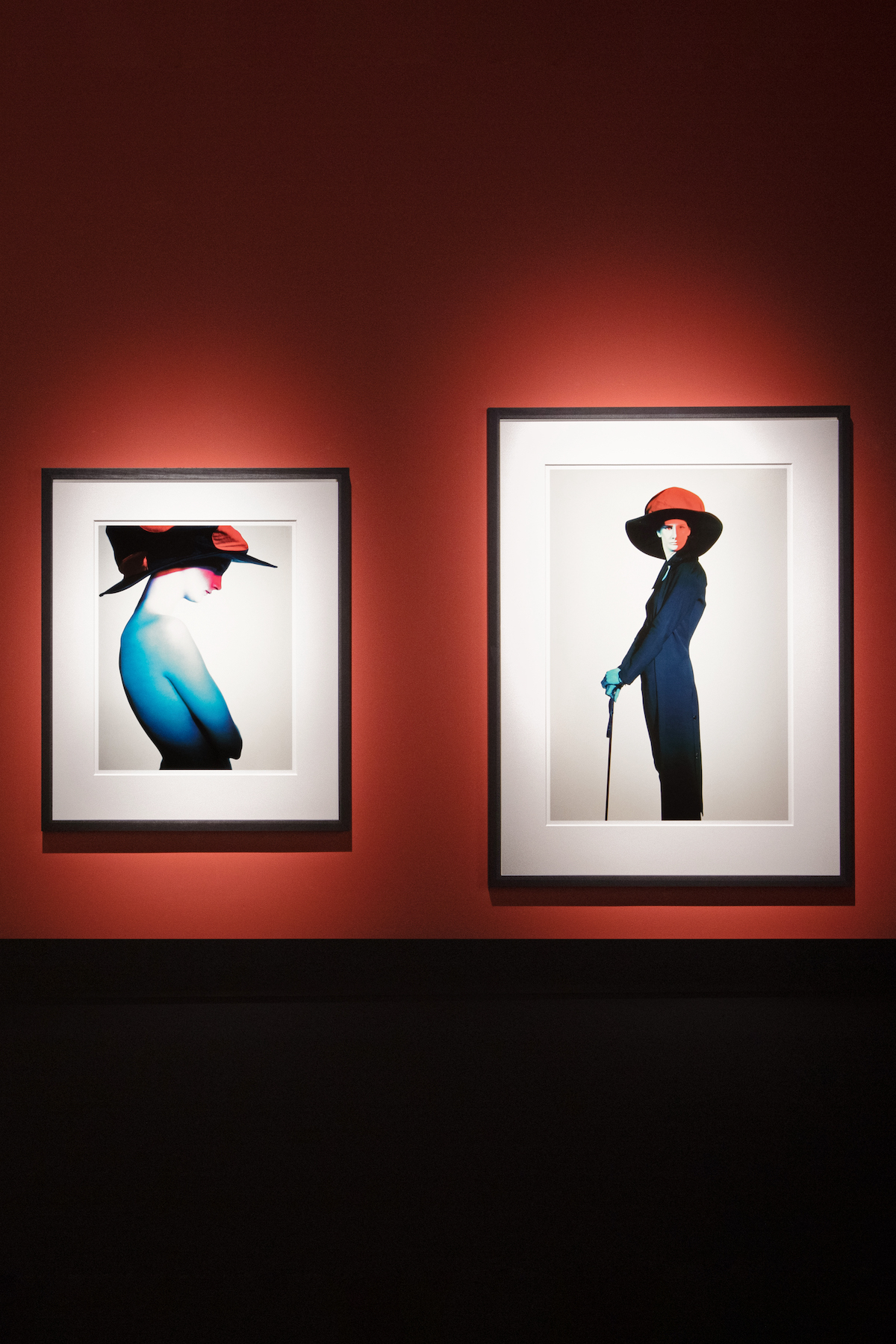
Much of his studio work takes place in Studio Luce (Luce translates from Italian as ’light’), a vaunted space in Paris’ 14th arrondissement that has cemented his longtime link with the city, something that Lécallier says is important to celebrate in what will be the first large-scale monograph of his work in Paris. As such, many of the photographs are drawn from the Palais Galliera’s personal collection, several of which have never been on display to the public before.
In its layout, the exhibition abandons a chronological timeline in favour of a more poetic movement from darkness to light. ’Paolo’s photography is so timeless that we abandoned a chronological journey, which didn’t seem to mean much to the understanding of his work,’ explains Lécallier, who worked closely with Roversi on the exhibition’s design, having known the photographer for several years prior. ’We also did not want to lock it into themes. [Instead], light is a common thread: from the darkness of the dark room towards the daylight which bathes his studio through the large bay windows.’
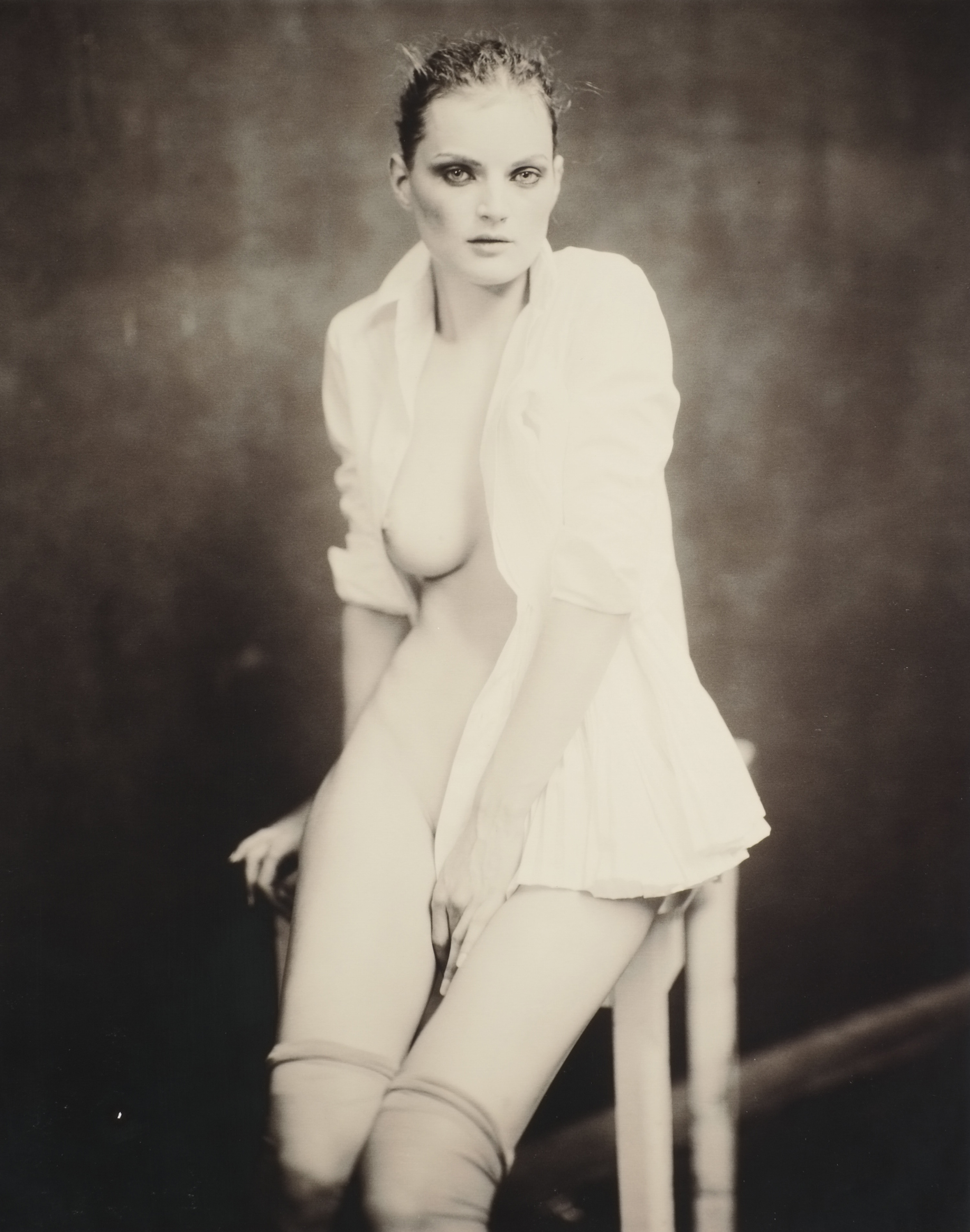
Guinevere, Yohji Yamamoto, Paris, 2004
As for why his collaborations with designers in particular were so successful – from Kawakubo and Yamamoto to Romeo Gigli and Azzedine Alaïa – Lécallier puts it down to Roversi’s good taste. ’Paolo has a real taste for beautiful clothes, as well as a great respect for designers who have a very strong creative universe,‘ she says. Her own favourite photograph in the display is not of a particular subject, but a pair of shoes, reflected in a mirror.
Receive our daily digest of inspiration, escapism and design stories from around the world direct to your inbox.
’The model is absent, she has gone to do a make-up touch-up. She'll be back any second. This image speaks of the moment of shooting, but also of the theatre of appearances, reality and illusion,’ she says. ‘It takes us to the other side of the looking glass.’
‘Paolo Roversi’ runs at Paris’ Palais Galliera until 14 July 2024.

Natalia, Paris, 2003

Audrey, Comme des Garçons, Paris, 1996

Anna, Comme des Garçons, Tokyo, 2016
Jack Moss is the Fashion & Beauty Features Director at Wallpaper*, having joined the team in 2022 as Fashion Features Editor. Previously the digital features editor at AnOther and digital editor at 10 Magazine, he has also contributed to numerous international publications and featured in ‘Dazed: 32 Years Confused: The Covers’, published by Rizzoli. He is particularly interested in the moments when fashion intersects with other creative disciplines – notably art and design – as well as championing a new generation of international talent and reporting from international fashion weeks. Across his career, he has interviewed the fashion industry’s leading figures, including Rick Owens, Pieter Mulier, Jonathan Anderson, Grace Wales Bonner, Christian Lacroix, Kate Moss and Manolo Blahnik.
-
 A former agricultural building is transformed into a minimal rural home by Bindloss Dawes
A former agricultural building is transformed into a minimal rural home by Bindloss DawesZero-carbon design meets adaptive re-use in the Tractor Shed, a stripped-back house in a country village by Somerset architects Bindloss Dawes
-
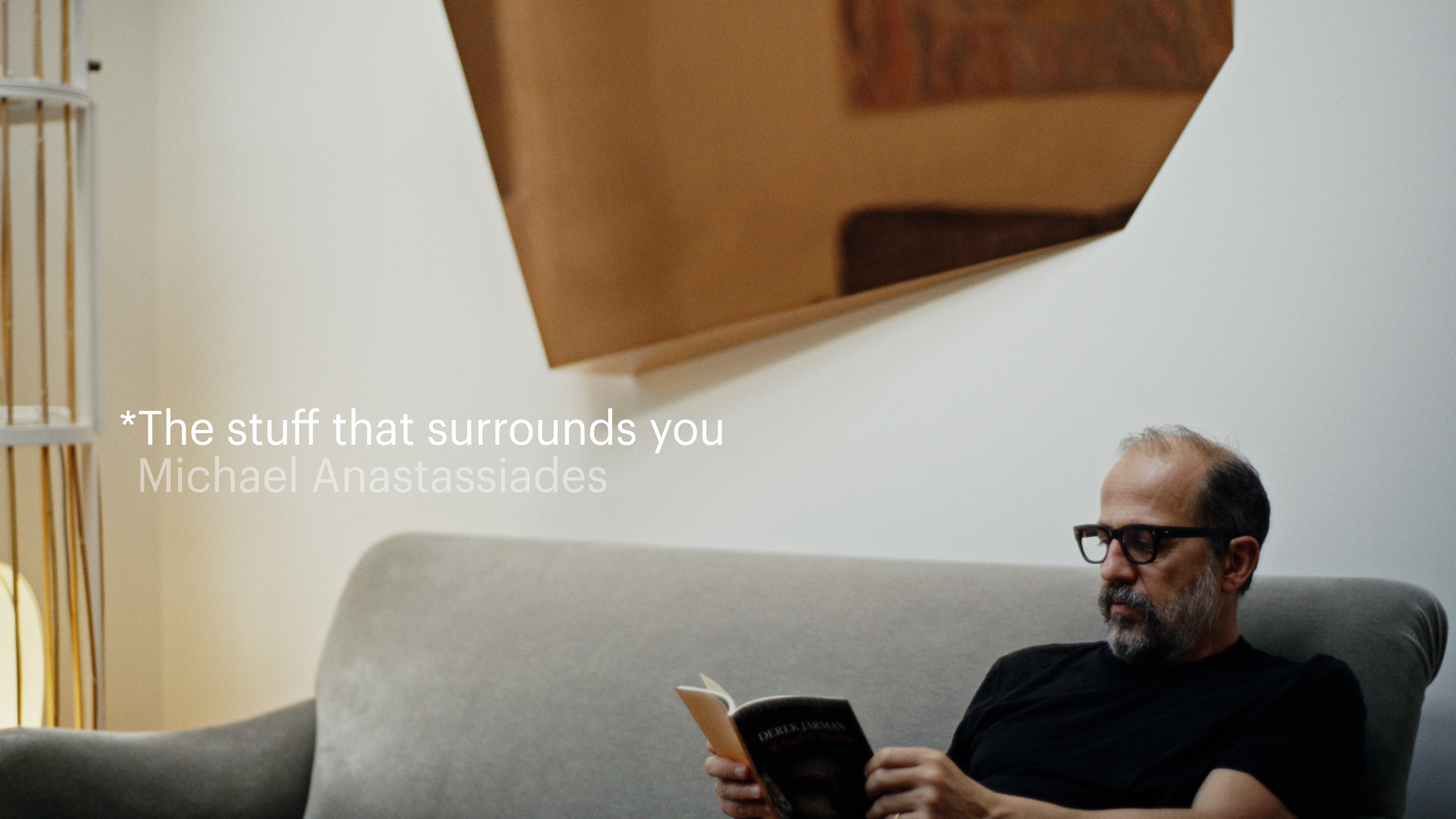 The Stuff That Surrounds You: Inside the home of designer Michael Anastassiades
The Stuff That Surrounds You: Inside the home of designer Michael AnastassiadesIn The Stuff That Surrounds You, Wallpaper* explores a life through objects. In this episode, we step inside one of the most considered homes we've ever seen, where Anastassiades test drives his own creations
-
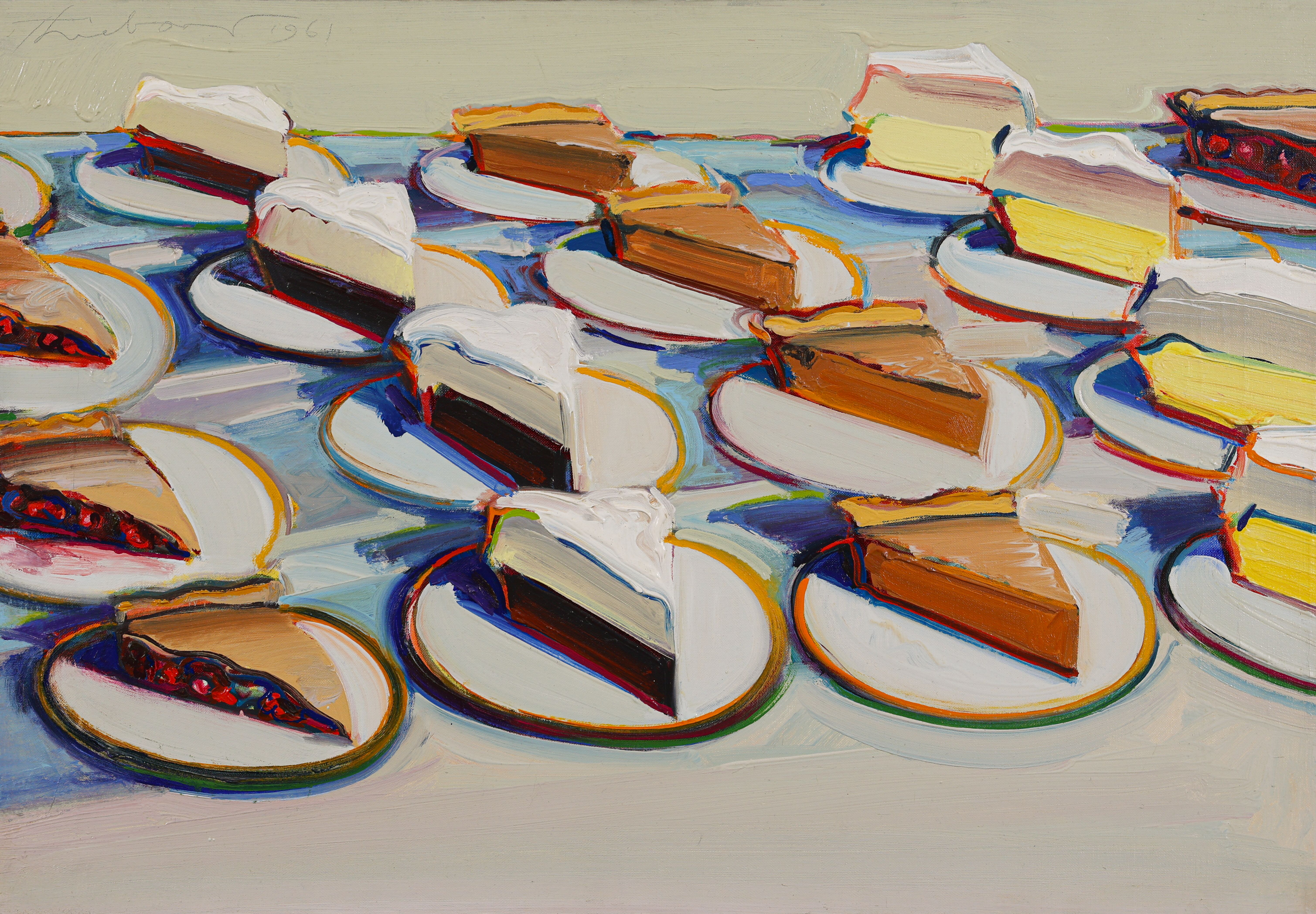 Why are Wayne Thiebaud’s paintings at the Courtauld so tempting?
Why are Wayne Thiebaud’s paintings at the Courtauld so tempting?The American artist’s thickly painted slices of cake at the Courtauld are some of our favourite artworks seen this year. What makes them so special?
-
 ‘He immortalised the birth of the supermodel’: inside Dior’s career-spanning retrospective of photographer Peter Lindbergh
‘He immortalised the birth of the supermodel’: inside Dior’s career-spanning retrospective of photographer Peter LindberghOlivier Flaviano, head of Paris’ La Galerie Dior, talks us through a new Peter Lindbergh retrospective, which celebrates the seminal German photographer’s longtime relationship with the French house
-
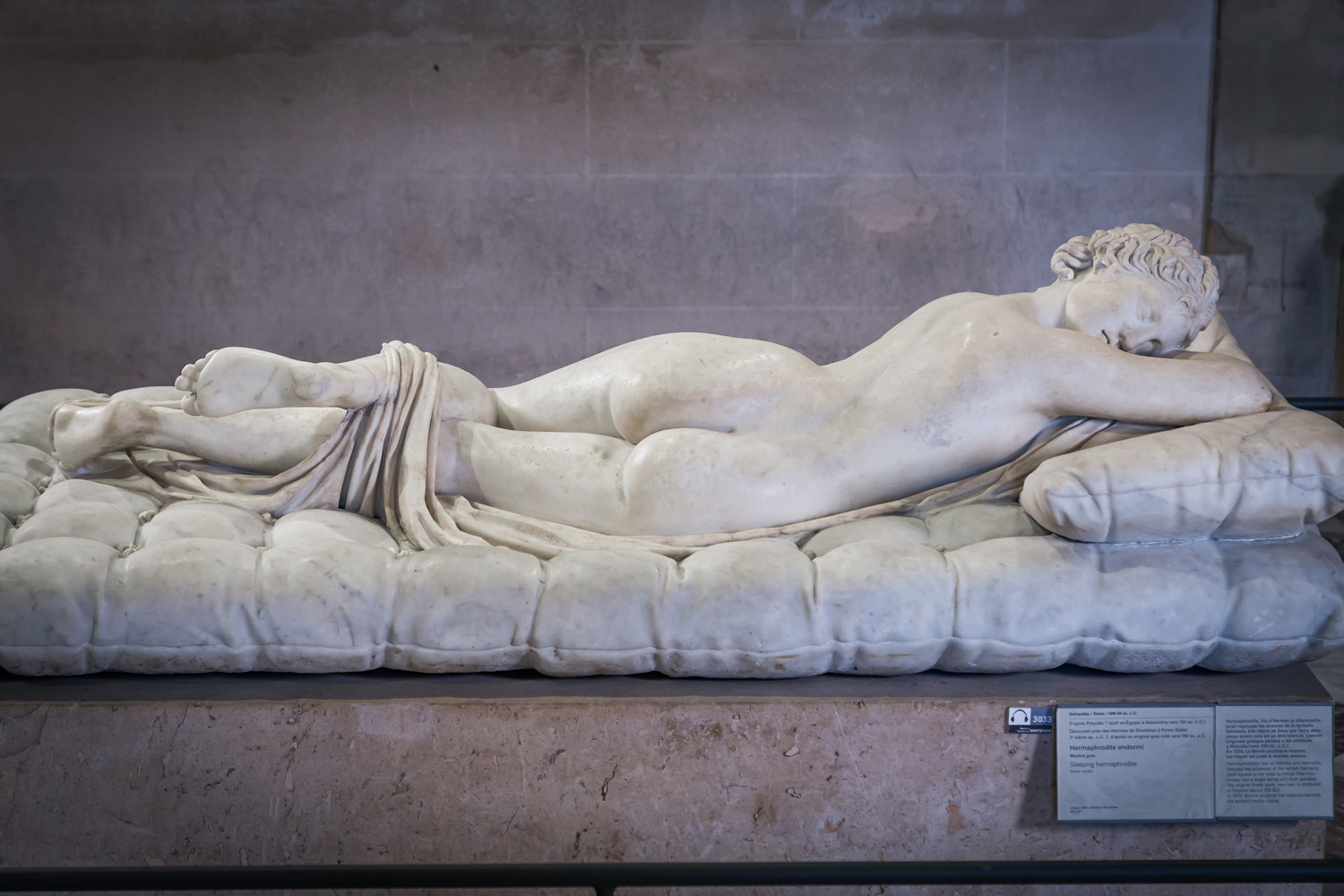 Inside ‘De toutes beautés!’, the Louvre’s new exhibition narrating 10,000 years of beauty ideals through art
Inside ‘De toutes beautés!’, the Louvre’s new exhibition narrating 10,000 years of beauty ideals through art‘De toutes beautés!’ marks the beginning of a three-year partnership between the Louvre and L’Oréal Groupe. India Birgitta Jarvis reports on the show for Wallpaper*
-
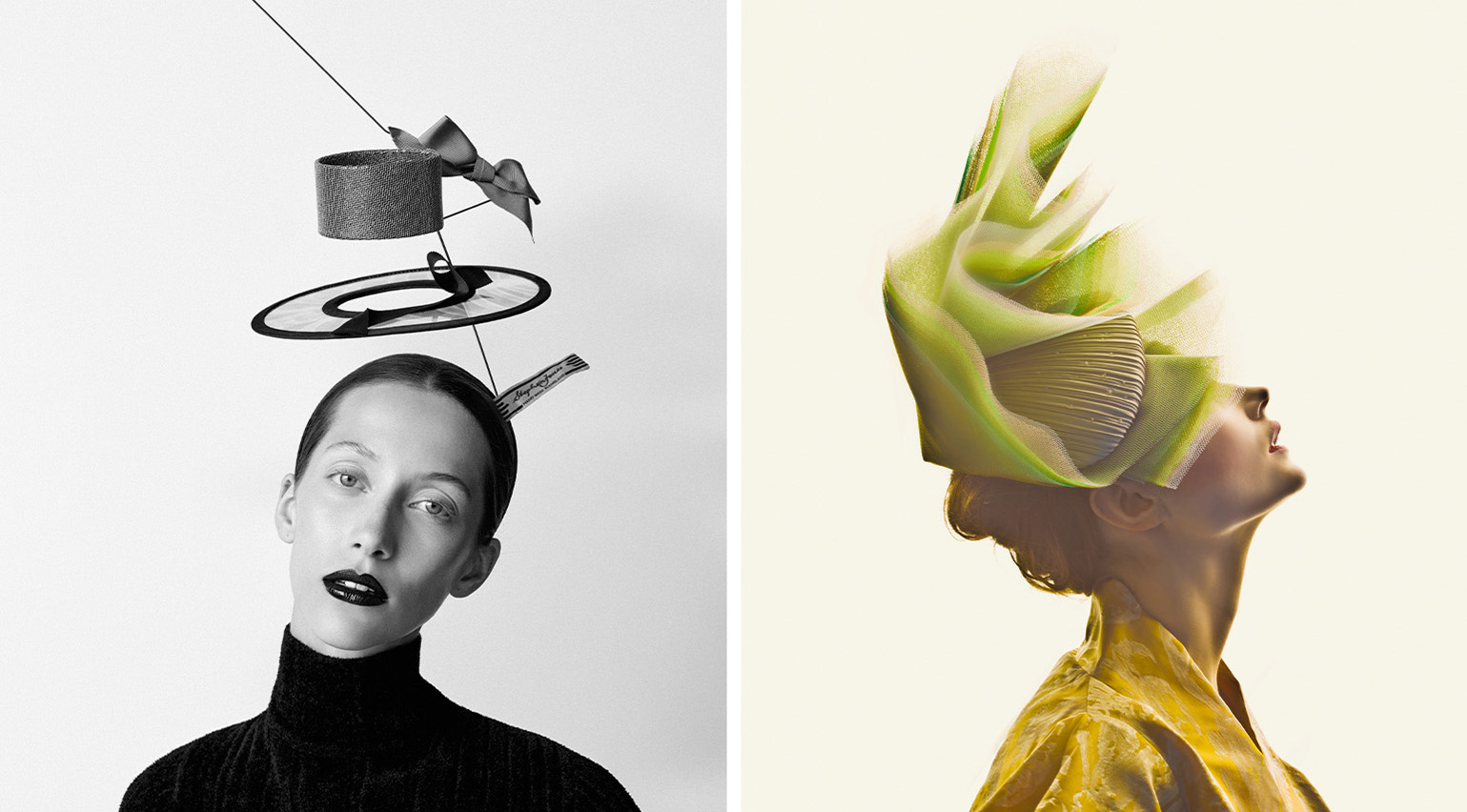 ‘A hat is an alibi, a fabulous lie’: radical milliner Stephen Jones on his career-spanning new Paris exhibition
‘A hat is an alibi, a fabulous lie’: radical milliner Stephen Jones on his career-spanning new Paris exhibitionAs ‘Stephen Jones, Chapeaux d’Artiste’ opens at Paris’ Palais Galliera, the British milliner tells Wallpaper* about the transformative power of hats, the one designer he wishes he’d collaborated with, and his lifelong love of Paris
-
 Maude’s Brâncuși-inspired sex toys go on display in a new Paris exhibition
Maude’s Brâncuși-inspired sex toys go on display in a new Paris exhibitionMaude’s design-led vibrators are now on display at Musée des Arts Décoratifs in Paris, as part of ‘Private Lives: From the Bedroom to Social Media’. Brand founder Éva Goicochea talks to Wallpaper* about partnering with the museum and opening up cultural conversations around sex
-
 Watch: Jamie Dornan takes a bath in Le Corbusier’s villa for Loewe Perfumes
Watch: Jamie Dornan takes a bath in Le Corbusier’s villa for Loewe PerfumesJamie Dornan stars alongside Sophie Wilde in the new Loewe Perfumes 2024 campaign, shot by David Sims in Le Corbusier’s Villa Savoye
-
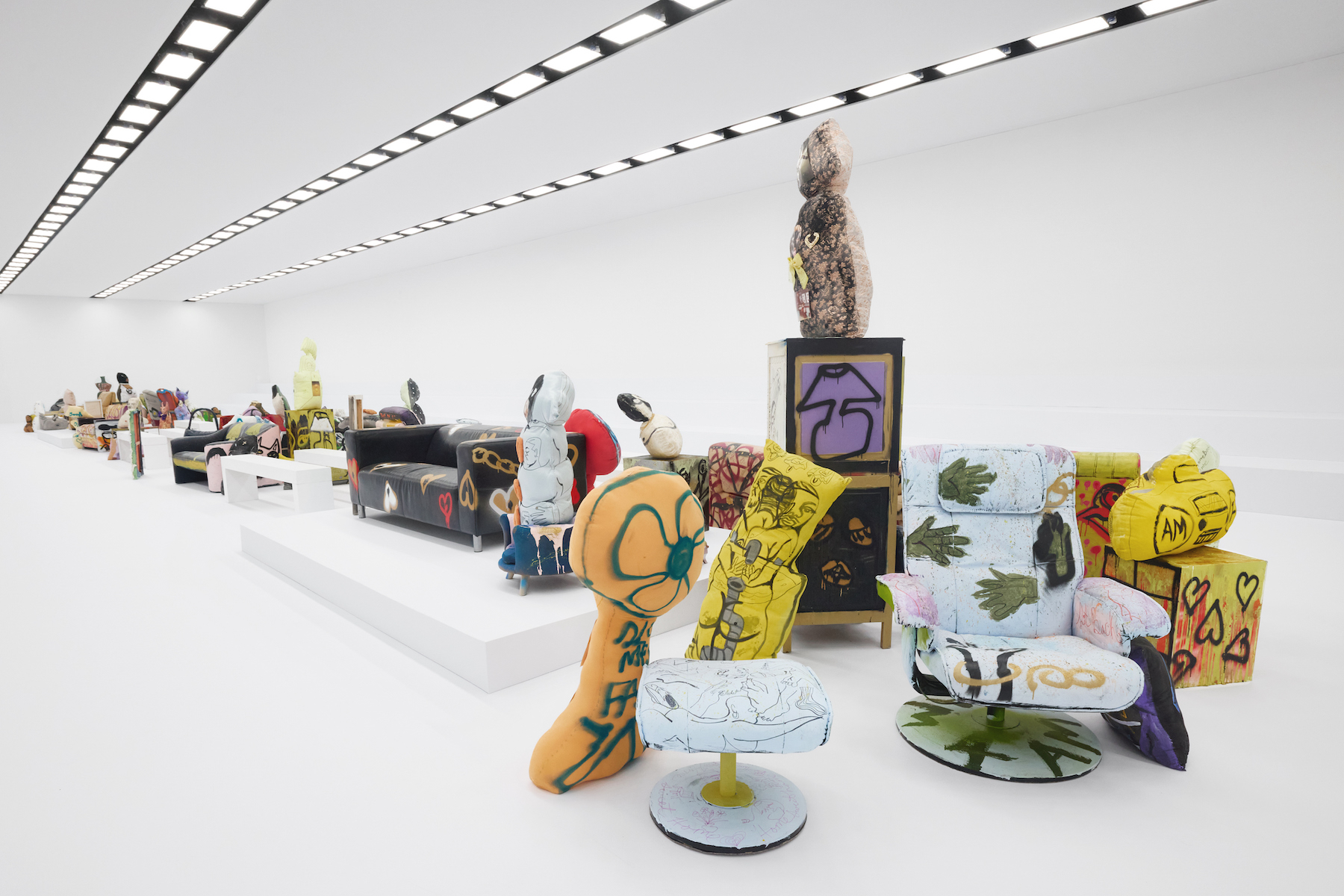 Jonathan Lyndon Chase on creating a ‘complicated and messy’ domestic space for Acne Studios’ latest show
Jonathan Lyndon Chase on creating a ‘complicated and messy’ domestic space for Acne Studios’ latest showA musing on ‘emotions and the body, and how they affect the space around you’: American artist Jonathan Lyndon Chase tells Mahoro Seward the story behind their Acne Studios runway set, which will backdrop the brand’s S/S 2025 show in Paris later today
-
 First look: how Diptyque used synaesthesia to create its poetic new perfume collection
First look: how Diptyque used synaesthesia to create its poetic new perfume collectionDiptyque’s new perfume collection, ‘Les Essences de Diptyque’, captures the scent of coral and mother of pearl. Ahead of its launch, the maison’s noses tell Wallpaper* how this was done
-
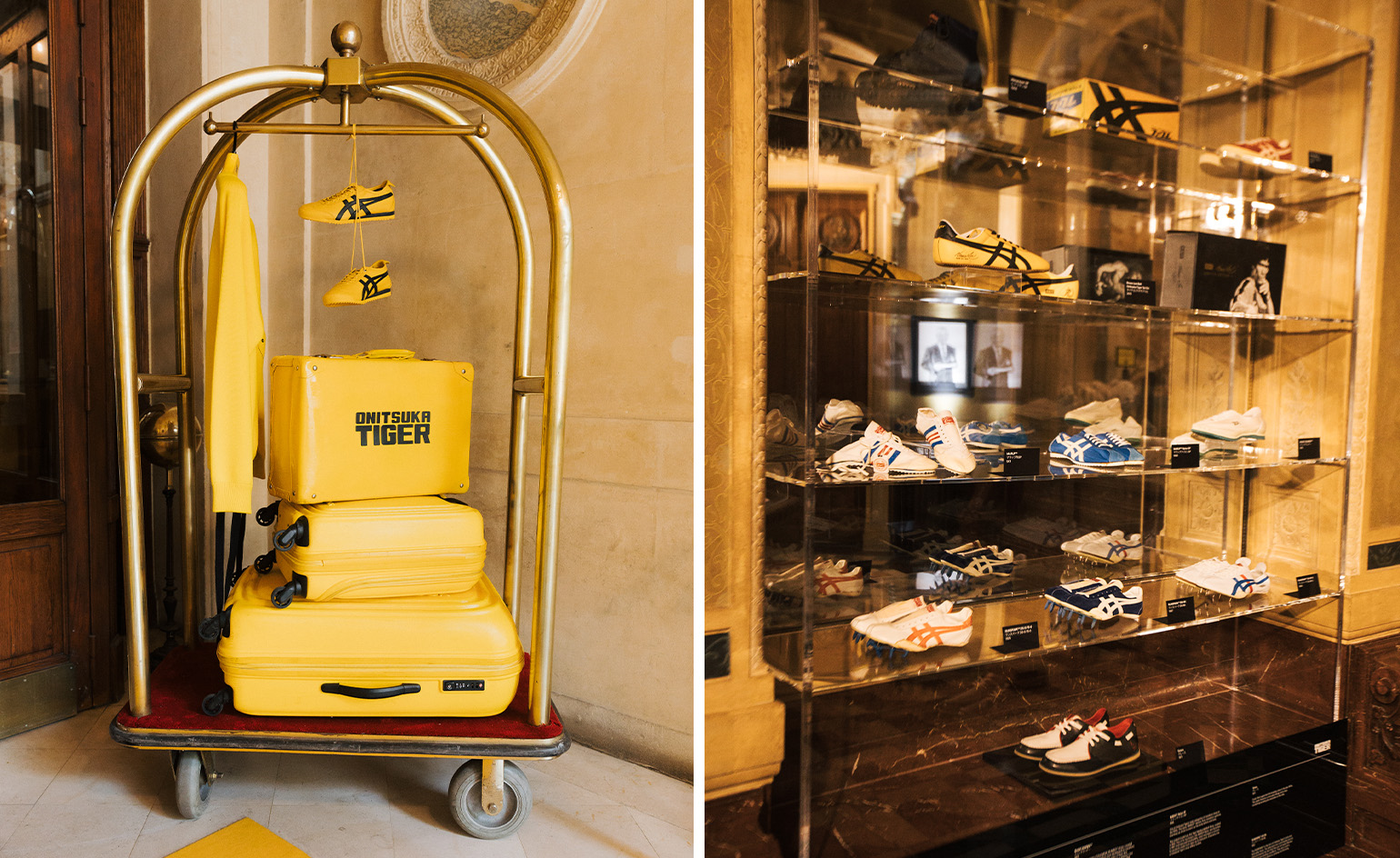 In time for the Olympics, Onitsuka Tiger opens a Paris ‘hôtel’
In time for the Olympics, Onitsuka Tiger opens a Paris ‘hôtel’Hôtel Onitsuka Tiger, on Avenue des Champs-Élysées, promises an immersive journey into the Japanese brand’s 75-year history, featuring some memorable ’residents’